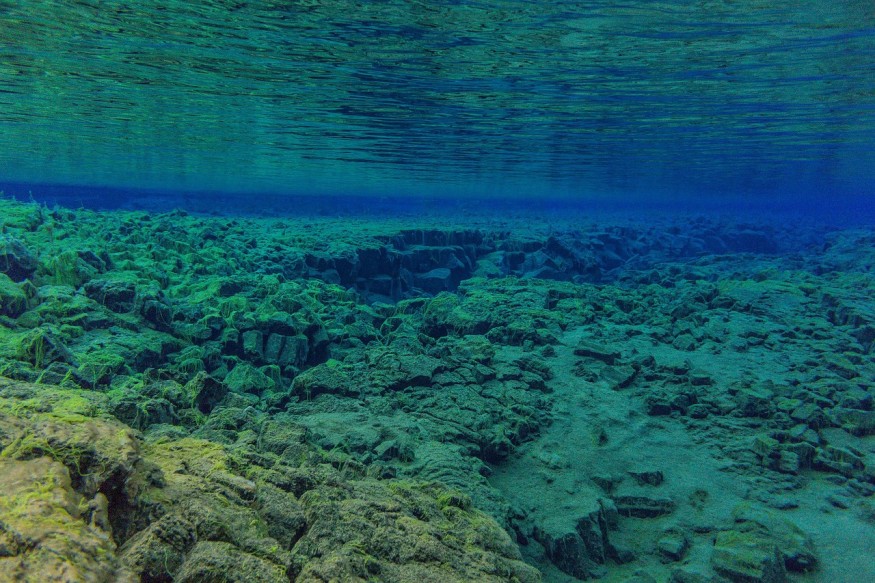An Ice Age volcano, that emits the greenhouse gas methane, was found 1,300 feet at the bottom of the Arctic Ocean, according to a new study led by scientists in Norway.
The ancient Arctic volcano is situated at the center of a crater with a radius of 1,000 meters.
The scientific team believes the volcano formed by the end of the last ice Age thousands of years ago.
Although a large amount of the climate-damaging methane was stored in the underwater volcano, the site serves as a rich environment for the bacterial community and marine life at the newly discovered crater, based on the new research paper.
The findings highlight the potential for undersea volcanoes to become a methane sinks caused by natural processes.
A separate yet related study also determined that an offshore, extinct volcano off the coast of Portugal potentially contained gigatons of carbon dioxide, another greenhouse gas that accelerates the warming of the planet by trapping solar heat.
The implications of these findings involve the potential utilization of active, dormant, or extinct volcanoes to mitigate climate change and global warming.
In previous decades, scientists have searched for alternative measures to store or mitigate greenhouse gas emissions, which majority come from human activities like the burning of fossil fuels.
Despite such efforts, the world is reportedly a long way ahead in lowering the global average temperatures to 1.5 degrees Celsius, a goal embodied within the 2015 Paris Climate Agreement.
Ancient Ice Age Volcano

On their May 9 news release, UiT The Arctic University of Norway researchers confirmed their discovery of the new volcano. Aside from methane, the volcano emits mud, liquid, and gas from Earth's interior.
In collaboration with REV Ocean, the research team found a mud volcano on May 7 and has been named Borealis Mud Volcano, which is the second volcano of its kind found in Norwegian waters of the Atlantic region.
The said ancient Ice Age volcano was discovered while the team was aboard the Kronprins Haakon research vessel.
It is guided by ROV Aurora, a remote-controlled underwater vessel.
Methane Gas Emission
Borealis Mud Volcano likely formed because of a "catastrophic, natural blowout" that released massive deposits of methane shortly after the last Ice Age period 18,000 years ago.
The research suggested it was triggered by the pressure of the ice above.
The expedition's lead researcher, Giuliana Panieri, said seeing the underwater volcanic eruption reminds us how alive Earth is, as cited by Newsweek.
In particular, the findings reportedly describe the Ice Age volcano emitted silt and methane, located 70 miles south of Norway's Bear Island.
In 1995, prior to the discovery of the Borealis Mud Volcano, scientists found the first mud volcano in Norwegian waters called Haakon Mosby.
It is also in the Barents Sea near Norway, where it spews several hundred tons of methane, according to the Woods Hole Oceanographic Institution.
© 2025 NatureWorldNews.com All rights reserved. Do not reproduce without permission.





